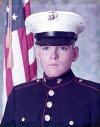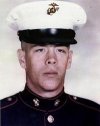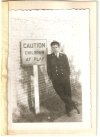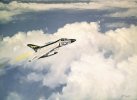The true “End of the Vietnam War” depends more upon one’s personal perspective than an actual date. For most of us, the war ended in early 1973:
“The Paris Peace Accords on ‘Ending the War and Restoring Peace in Vietnam’ were signed on 27 January 1973, officially ending direct U.S. involvement in the Vietnam War.”
However I was still flying a few combat missions a week or two later in February 1973 (I believe into Laos or Cambodia and not Vietnam, though). But we were essentially done with the Vietnam War and were coming home. It was over for us!
February 12, 1973 - Operation Homecoming begins the release of 591 American POWs from Hanoi.
March 29, 1973 - The last remaining American troops withdraw from Vietnam (except for Embassy security personnel).
April 1, 1973 - Captain Robert White, the last known American POW is released.
While the war had ended for us in 1973, the South Vietnamese continued the war for another two years until the “Fall of Saigon."
April 29, 1975 - On the day before the Fall of Saigon Marines Charles McMahon and Darwin Lee Judge were killed in a rocket attack.
Link


[While McMahon and Judge were the last American ground casualties in Vietnam, they are not the last casualties of the Vietnam War (a term which also covers the U.S. involvement in Cambodia and Laos) recorded on the Vietnam Veterans Memorial; those names belong to the 18 Americans killed in the Mayaguez Incident.]
April 30, 1975 – Is the “
official date” that the war ended with the Fall of Saigon. The last Americans, ten Marines from the embassy, depart Saigon, concluding the United States presence in Vietnam.
12–15, 1975 - Ironically, the bungled Mayaguez incident is listed as the “
Last Official Battle of the Vietnam War,” even though it occurred nearly two weeks
after the “official” end of the war. It was against the Cambodian Khmer Rouge, and not the Communist Vietnamese Peoples Army.
(Especially ironic is that the Khmer Rouge island defenses were set up to fight the VPA, and not Americans.)
Tragically for some others,
the Vietnam War never did end! Some of those are discussed in the attached video, especially during the last 10 - 15 minutes or so.








